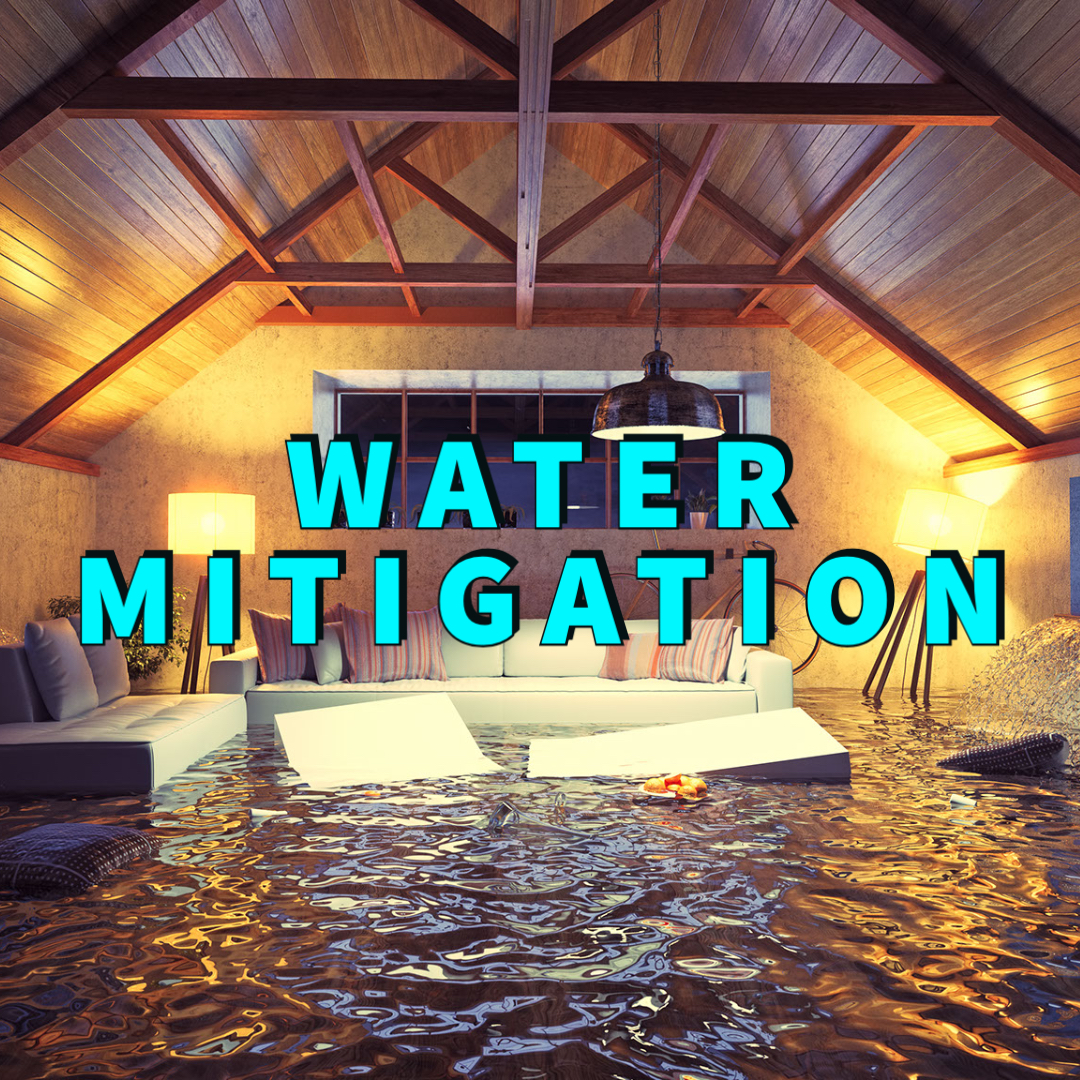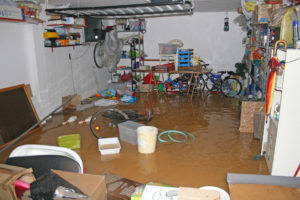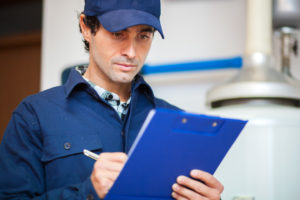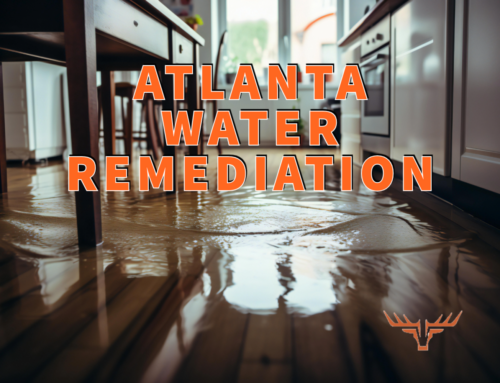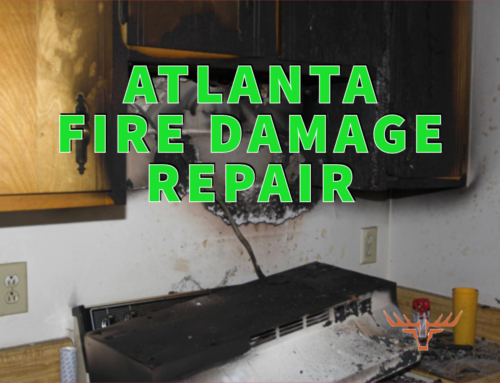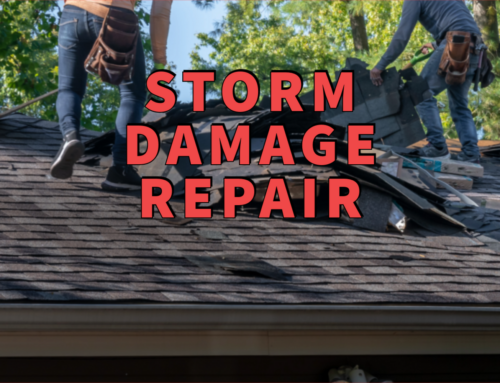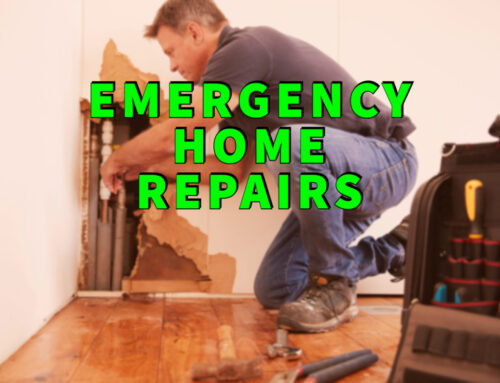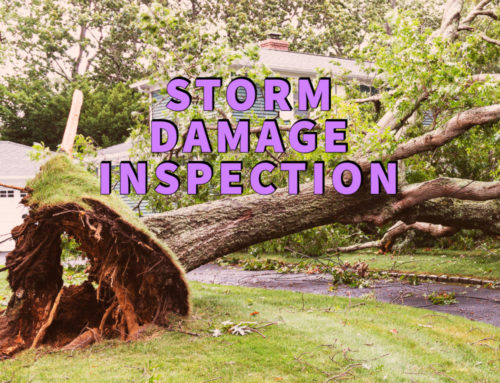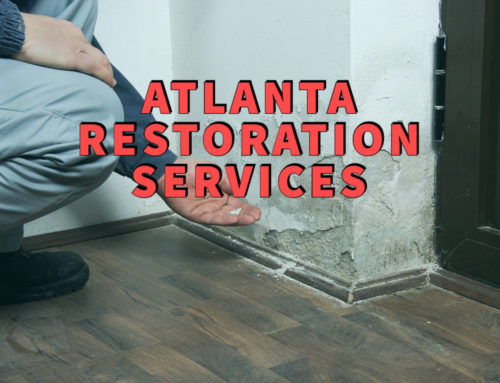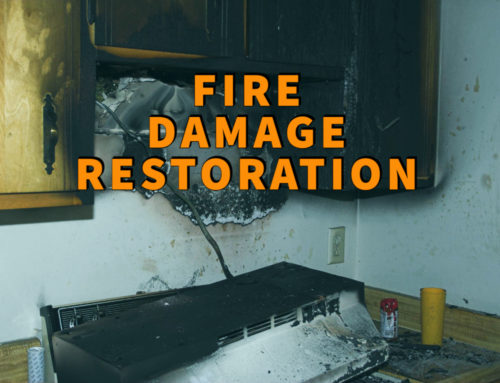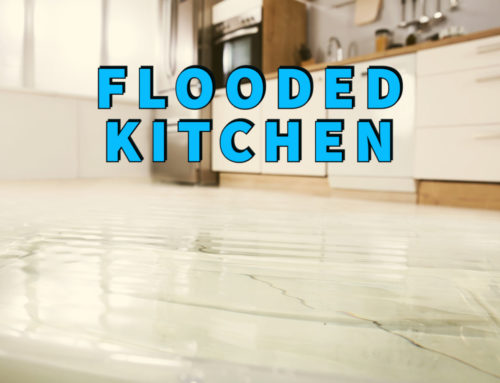Prevent water damage from further damaging your property and belongings with professional water mitigation services.
Water mitigation is a process that involves stopping the spread of damage caused by water, either by removing water from a property or drying out wet materials to prevent mold growth.
Flooding and the associated water damage is one of the largest sources of home insurance claims. When excess water isn’t adequately addressed, it can lead to mold growth, ratcheting up the cost of restoration significantly.
This blog post will discuss how the five steps of water mitigation help any property damage caused by flooding!
What are water mitigation, remediation, and restoration?
In short, water mitigation is the prevention of further damage from water. It’s the first step in the overall water damage restoration process, which will bring your home back to the condition it was before.
Stopping continued damage is crucial. After this process, experts can assess the damage and make recommendations.
You may have also heard about remediation—this is when experts salvage any parts of your property or belongings that are salvageable.
The final portion of water damage restoration is the actual restoration, built up by the previous mitigation and remediation steps. Here, experts take care of anything that wasn’t salvageable, bringing your property back to the way it was before the water damage.
5 steps of water mitigation
Stopping the spread of damage is crucial when faced with a water emergency. No matter where the water originated from, halting the spread of water and preventing it from affecting other home areas is the whole point of water mitigation.
Experts take five critical steps that when saving your property and belongings:
- Inspect
- Water removal
- Damaged item removal
- Temporary solutions
- Next steps—remediation or restoration
Let’s take a look at each of these.
Inspect
When experts arrive at your property, a thorough inspection is the first action taken. They have to determine what type of water they’re dealing with—the protocols for sewage and clean water vary.
They’ll also take a look at the damage the water has already caused, looking at the flooring, drywall, ceiling, and belongings.
Water mitigation aims to make sure the found damage doesn’t expand beyond its discovered state.
Water removal
The next step in the water mitigation process is bringing in specialized equipment for water removal. Drying out ensures that the water doesn’t cause more damage as it spreads to other property areas.
Some of the equipment our experts use are pumps, vacuums, dehumidifiers, and fans.
Reducing the total amount of water in the room helps limit bacteria and reduces the likelihood of mold growth.
Damaged item removal
Speaking of mold, it doesn’t just grow on standing water. Anything that has water soaked into it has the chance for mold growth.
During the third phase of water mitigation, experts remove all damaged and wet items from the property, including furniture, carpeting, and drywall.
Besides reducing the risk for mold, removing the wet items also helps reduce the level of water in the room, letting the dehumidifiers do their job.
Temporary solutions
Even with state-of-the-art equipment, drying out a property takes time. While it’s taking place, water mitigation experts will board up any damaged windows or exposed areas and tarp portions that need covering.
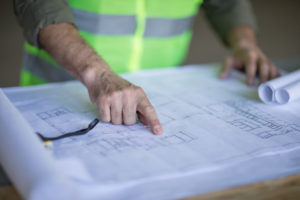
Next steps—remediation or restoration
While the temporary solutions are up, water mitigation experts will get to work deciding the next steps needed after water mitigation is complete.
This step could include making a complete inventory of salvageable items and preparing for their reintroduction to the house.
Or, they can work an outline for a more intensive restoration process that will address items beyond repair. For example, they could plan to lay new pipes, repair structural damage, or install new flooring.
Water mitigation in Atlanta, Georgia
Water mitigation is a process that helps minimize water damage. It’s the first step in a plan of attack for bringing a property back to pre-loss conditions after a water-related disaster.
Remember, the longer it takes to start water mitigation measures after a disaster, and the more time passes before repair work begins, the greater chance there will be for mold growth in your home or business. So make sure you have an emergency plan ready if flooding occurs and call professionals immediately when needed!
Revere Construction and Roofing has an entire team dedicated to disaster repairs. Our water mitigation specialist can handle any water-related issues and help with documentation for your insurance agent. Give us a call or reach out via our contact page if you need help with any water damage event, and we’ll get started on your water mitigation right away!

